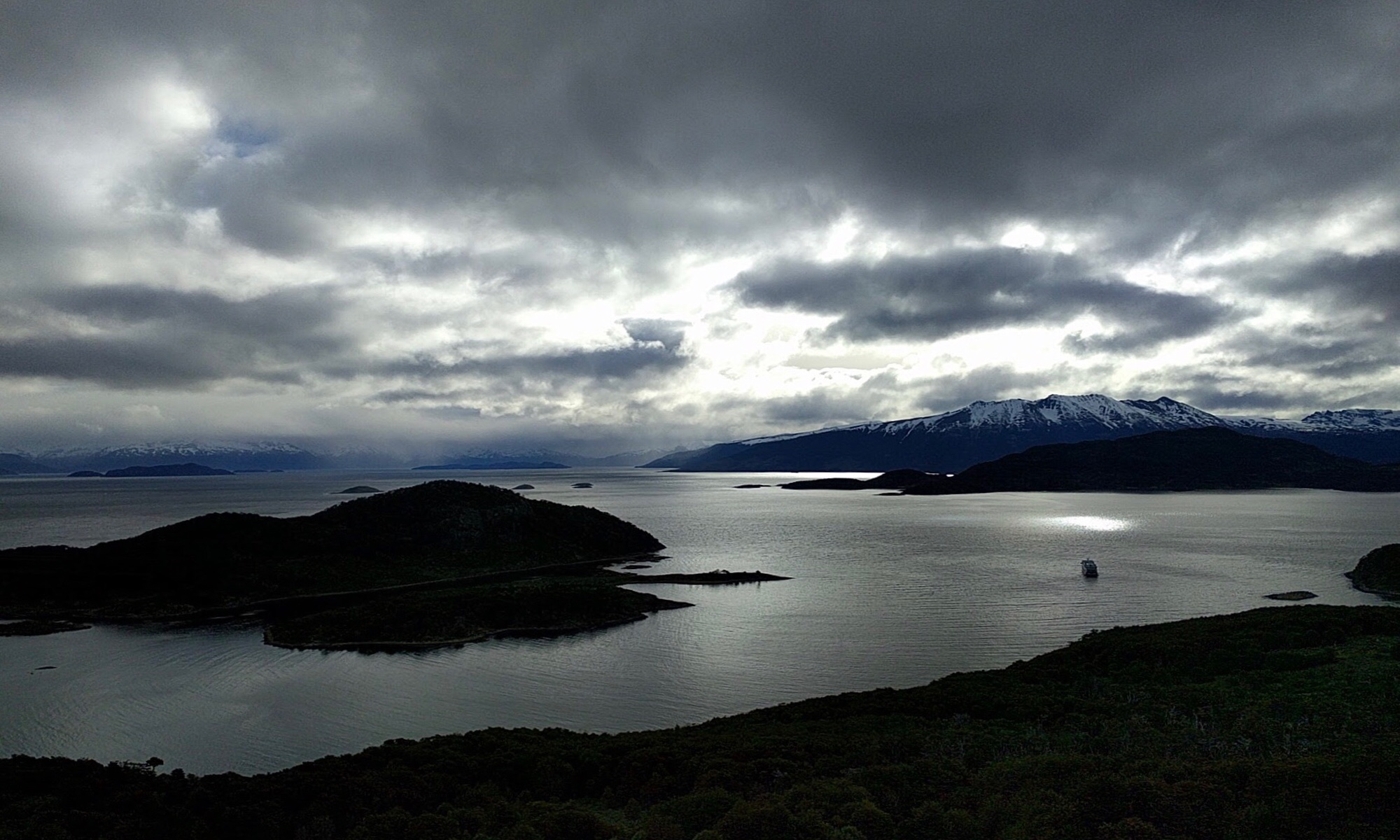
Another pretty long drive; we entered the park through the southern, Andersson Gate. En route to our self-catering chalet (basic, but comfortable) in Halali camp, we were amazed by the sheer numbers of the casually loping wildlife (zebras, giraffe, jackals, ostriches, and of course hordes of springbok). It was strangely quiet at camp, despite this being “almost high season”, perhaps more so because we decided to make our own dinner of barbecued steaks, salad, and Gin and Tonic. On a whim, after dinner, we walked to the floodlit watering hole in the camp (Moringa), to find at least 6 rhinos and a massive elephant sharing the water. Rhinos came and went, and at one point a lone hyena also made a showing (hyenas are usually pack animals, but apparently occasional “misbehaving” member can be ousted from the group). The “politics” around the watering hole was very interesting. It was obvious that the elephant has the run of the place. As he lumbered over to the freshwater source (it’s an artificial watering hole maintained by the park), the rhinos slinked away very slowly and kept their distance. There were occasional grunts and vocalizations amongst the various groups of rhinos (never more than 2 in a group) and what looked like signs of aggression, though it never came to a tussle.



We got up before sunrise for our morning game drive with the NWR guide, and found that it was to be a private ride (guess no one else wanted to get up this early). As the sun came up, we could almost feel the animals getting started with their day. At our first watering hole (Rietfontein) we found a male kudu that appears to have died in the water the night before, and a male lion which seemed oblivious to this boon on the other side of the pond (to be fair, there was a small island that may have blocked the view). The three jackals skittishly circling the watering hole, on the other hand, were painfully aware of the tasty morsels they could be treated to, but dared not approach the kudu before the lion either got his paws on it or walked away. After feasting our eyes on the lion and the jackals (as well as African jacanas and kori bustard), we took off to another watering hole (Charitsaub), where we encountered three lionesses with two sets of cubs contemplating a run at the herd of zebras nearby. When we got back to the original watering hole, the male lion had finally “discovered” the dead kudu and was busy dragging it out of the water onto the island. It was incredible to witness how strong this animal really is, dragging a carcass that must weigh two or three times its own weight. Highly satisfied with these sightings, we rested for the remainder of the day inside the chalet, avoiding the worst of the midday heat.
Evening game drive started out really slow (more people joined us for this one). Because it was dark by the time we started, the guide/driver resorted to waving a red light back and forth across his field of vision to spot any reflections of eyes looking back at him. I’m amazed that he can spot anything this way. At one point, we all noticed a noise and movement next to the vehicle, and when the guide shined his light in that direction, found a fully grown rhino running at full speed right next to us. We followed him for what seemed at least a kilometer before he veered away and galloped away to whatever it is he was looking for. We had given up hope of any more exciting sightings (other than seeing a honey badger dig for and chomping on a snack) and was heading back to the camp when someone excitedly chirped on the radio. Our driver immediately turned the vehicle around and went back to Charitsaub, where we located the same family of lions we had seen earlier in the day. While we were gawking at them, one of the cubs became frisky and “pounced” on his mom and aunt and started a playful wresting bout. Amazing.



On our way out of Etosha, we did our own “self drive safari”, headed to the von Lindquist gate. At Goas, the traffic literally ground to a halt waiting for hundreds of zebras, springboks, impalas and kudu cross the road to the watering hole, joining the birds and elephants that were already slaking their thirst. We spotted red hartebeest, gemsbok (oryx), herds of wildebeests and steenboks and too many hornbills to count along the way, and arrived at Etosha Aoba Lodge just outside of the gate by mid afternoon. There, we found the elusive dik dik, the smallest of the antelopes, as well as mongoose even before check-in. During our evening drive on Aoba’s property, we were treated to a sighting of mother cheetah, munching on a fresh kill of impala while her two cubs affectionately and thoroughly each others’ face. Soon after, we found another cheetah with cubs (older), then a male red crested Korhaan, in full mating plumage, doing the mating dance in hopes of impressing a lady. Unfortunately for him, she was not in the mood.
